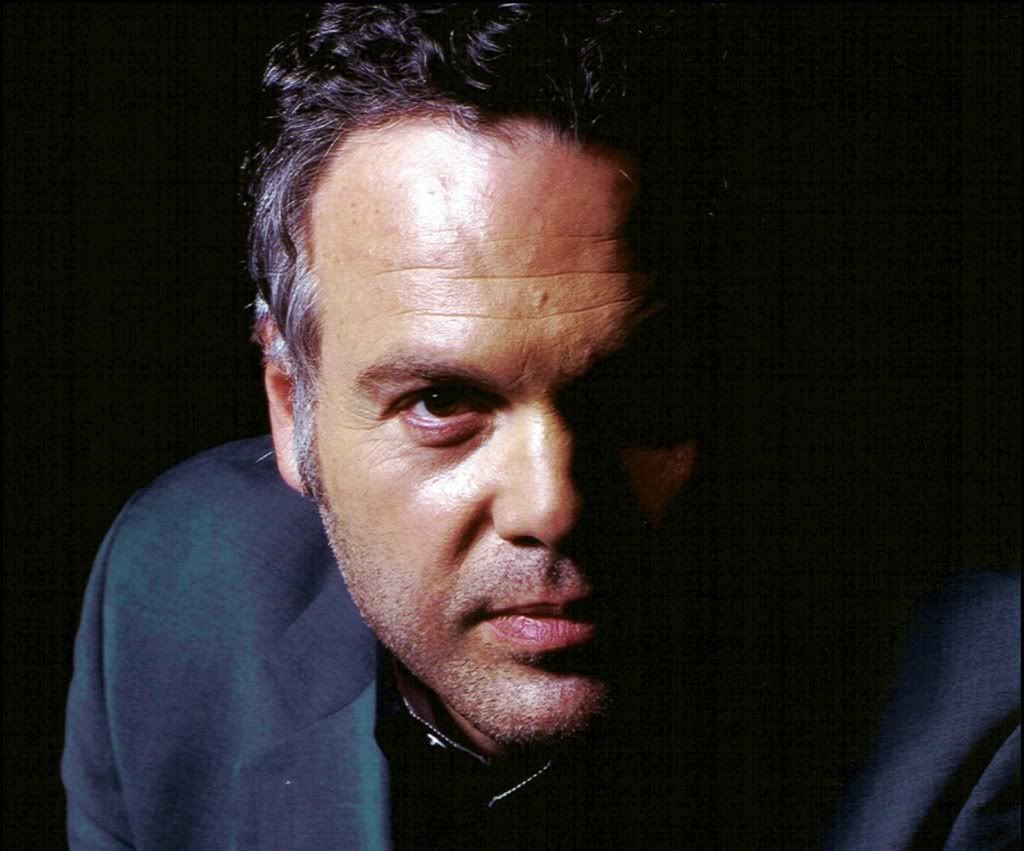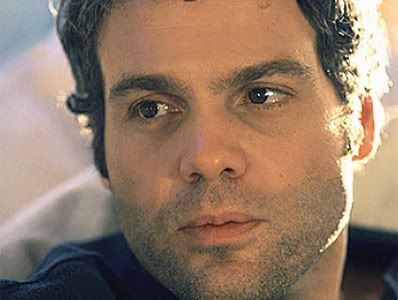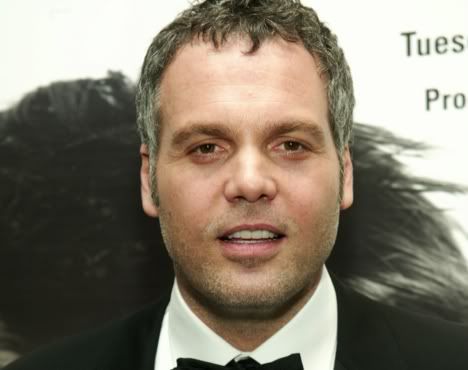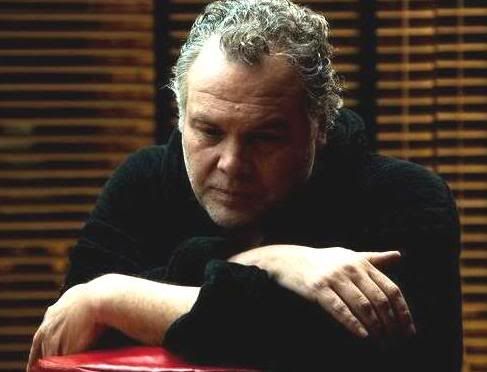Wednesday, 8 August 2012
'FULL METAL JACKET' BLU-RAY REVIEW: ANTI-WAR EPIC ECLIPSED BY GOMER PYLE'S MENTAL DESCENT
Brietbart TV- Christian Toto
The first 45 or so minutes of "Full Metal Jacket" encapsulate everything that made director Stanley Kubrick his generation's most provocative auteur.
The transformation of a doughy private dubbed Gomer Pyle from "Buck Privates" reject to a soulless killing machine made the 1987 film one of the director's many insta-classics.
That the film's second half merely delivered a raw look at Vietnam-era combat with standard-issue anti-war themes suggests Kubrick simply set his own bar so very, very high.
The film re-enters the pop culture conversation courtesy of a 25th anniversary Blu-ray edition complete with set photos, a comprehensive documentary devoted to Kubrick and the great R. Lee Ermey dressing down recruits in high definition.
The book-style jacket tells us Ermey joined the production in an advisory capacity, but when Kubrick heard the former drill instructor in action he realized the man belonged in front of the camera.
Gunnery Sgt. Hartman (Ermey) chews out a new band of recruits as the film opens, letting loose with a series of insults both hilarious and impossible crude. It's here where we first meet Private Joker (Matthew Modine), a cerebral type tough enough to understand what he needs to do in order to survive.
Leonard (Vincent D'Onofrio in his film debut) isn't so fortunate. He's chubby and unfocused, and Sgt. Hartman immediately sizes him up as a subject of ridicule. Dubbed Gomer Pyle, the clueless recruit stumbles during obstacle course training, leaves his foot locker unlocked and forces his fellow privates to work that much harder every single day.
It's only a matter of time before he snaps, and Kubrick renders the man's mental degradation with a series of frightening sequences told in an unhurried fashion."Jacket" then moves onto the battlefield as well as the U.S.'s propaganda efforts during the war. Pvt. Joker is part of the Stars and Stripes publication, but he ends up in combat situations as he tracks U.S. war efforts against
an entrenched enemy."Full Metal Jacket" arrived in theaters at the height of the Vietnam War film boom, joining "Platoon," "Hamburger Hill," "The Hanoi Hilton" and "Born on the Fourth of July." Kubrick's contributions were considerable, and even his more overt messages were delivered with impeccable craft that never stopped the story cold.
Kubrick's 1957 classic "Paths of Glory" offers a more cerebral anti-war message. With "Jacket," we witness the standard soldier atrocities and embrace of war's ugliest emotions. The tension between the military press, the war effort and the reality on the ground is stark and uncluttered, but it hardly felt like untilled ground then - or now.
We understand the military must turn nice young men into killers, a notion that plays out here as if the lesson were still new and open to new criticism. Pvt. Joker is the audience stand-in, commenting on the folly of war with his "Born to Kill" helmet and peace sign affixed to his uniform. He's part of the system and above it all at once.
The film allows for some shading in characters who might otherwise receive none, like the hulking "Animal Mother" (Big Hollywood contributor Adam Baldwin) who epitomizes America's brute strength as well as its nastier impulses.
"Full Metal Jacket's" narrative duality isn't as calamitous as some critics suggested during its initial release. By front-loading the film with so many unforgettable moments, Kubrick simply forced audiences to embrace the horrors of war from two very disparate - but connected - vantage points. The film's waning moments reveal a conclusion that simply cannot measure up to the emotionally exhaustive heights eclipsed roughly an hour before it.
The new package comes with a DVD only documentary called "Stanley Kubrick's Boxes," a look at the creative legacy of the master. The Blu-ray goodies include a commentary track featuring Baldwin, D'Onofrio, Lee Ermey and screenwriter Jay Cocks and the mini-feature "Full Metal Jacket: Between Good and Evil."
The latter gathers a gaggle of Kubrick scholars as well as key cast members to share the director's approach to creating a motion picture. We also learn how director Alan Parker sent clips of "Birdy," featuring a young, relatively unknown Modine, to Kubrick that helped seal the deal for the young actor.
D'Onofrio's journey from unknown to Gomer Pyle was more dramatic.
"I saw film actors as being very different people than myself," D'Onofrio says of the weeks before his screen debut. He ended up gaining 80 pounds for the part, no small feat given Kubrick's long shoots.
Labels:
Full Metal Jacket
Subscribe to:
Post Comments (Atom)
Hello!
Welcome to Blue Velvet Vincent, a fan-site dedicated to the creative, talented and tantalizing Mr. Vincent D'Onofrio. Here you will find current information about Vincent's acting career with a little fun thrown in. I invite you to follow my site and look forward to any comments or questions you may have.
Where In The World Are You?
Post Production

unofficial release date. Dec. 1st.2012
My Fellow Vincent Fans
Powered by Blogger.
Facebook Badge
Blog Archive
What's Hot this week!
-
" K " is for Kiss Vincent effectively demonstrates through his characters in his movies, various methods of Kissing. I'm ra...
-
Now's your chance to win a autographed photo of Vincent D'Onofrio. All you have to do is "Follow" Blue Velvet Vincent . ...
-
Hi Everyone, Thanks for stopping in. Yes, it's true. I've decided to reopen my blog after much thought and consideration. This time...
-
A-Z Blogging Challenge "B" is for Bad Boy Some seem to think so and at times so do I. Vincent has this careless way of thr...
-
A-Z blogging Challenge " C " is for Celebrity Crush Before meeting Vincent D'Onofrio I often dreamed about what my reaction...
-
A-Z Blogging Challenge Letter "A" A is for Acronym When ask, "Do you know Vincent D'Onofrio?" many of you wil...
Looking for Something Special?



Thanks to The MadLab Post
About Me

- Bev
- I'm highly optimistic, good natured, sympathetic, forgiving,and courteous.I'm creative, conventional and down to earth. I love meeting new people. I like trying new and exciting things. I've been a big fan of Vincent D'Onofrio's for a couple years now. Enjoyed Law and Order:Criminal Intent since it's premiere. I AM CANADIAN! :) and proud of it.


































It's like two movies for the price of one. Obviously, the first part is much more intriguing and will be what most remember, but the battle scenes in the second half still resonate with me.
ReplyDeleteThe first half of the movie is what identifies the movie. It's the personal connection it has with the viewers. FMJ is a favorite movie of many.
ReplyDelete